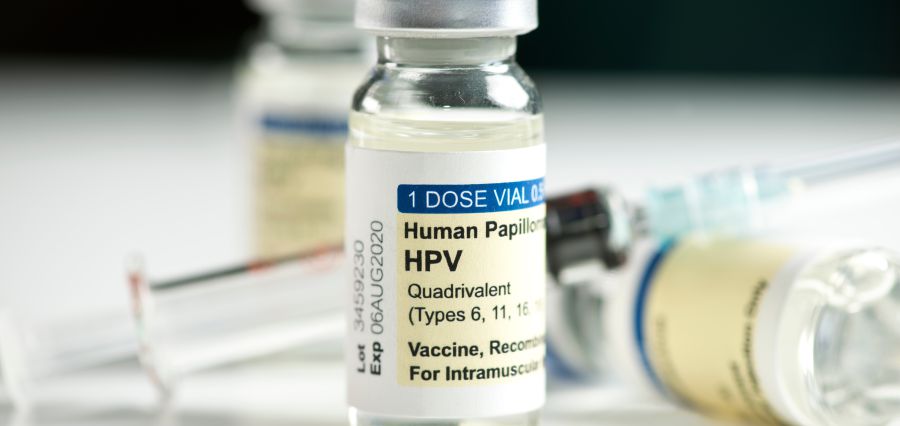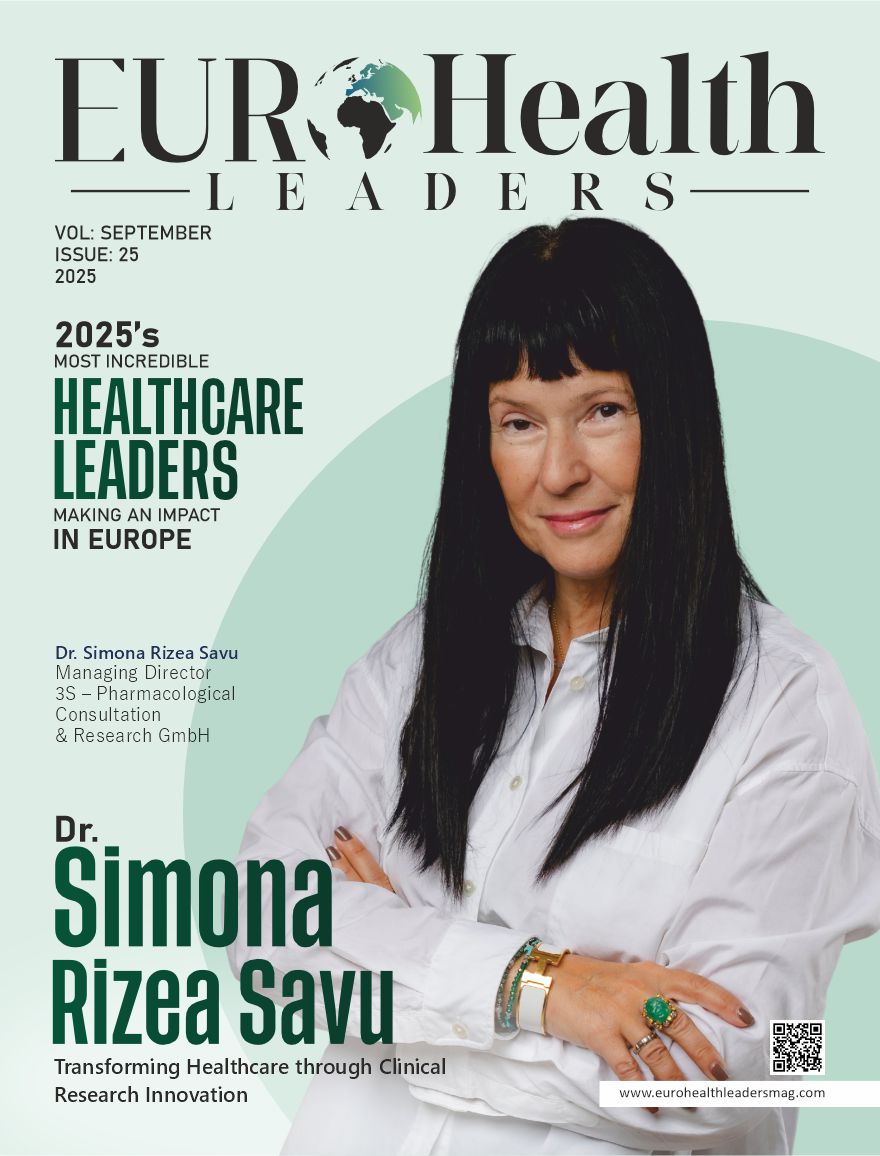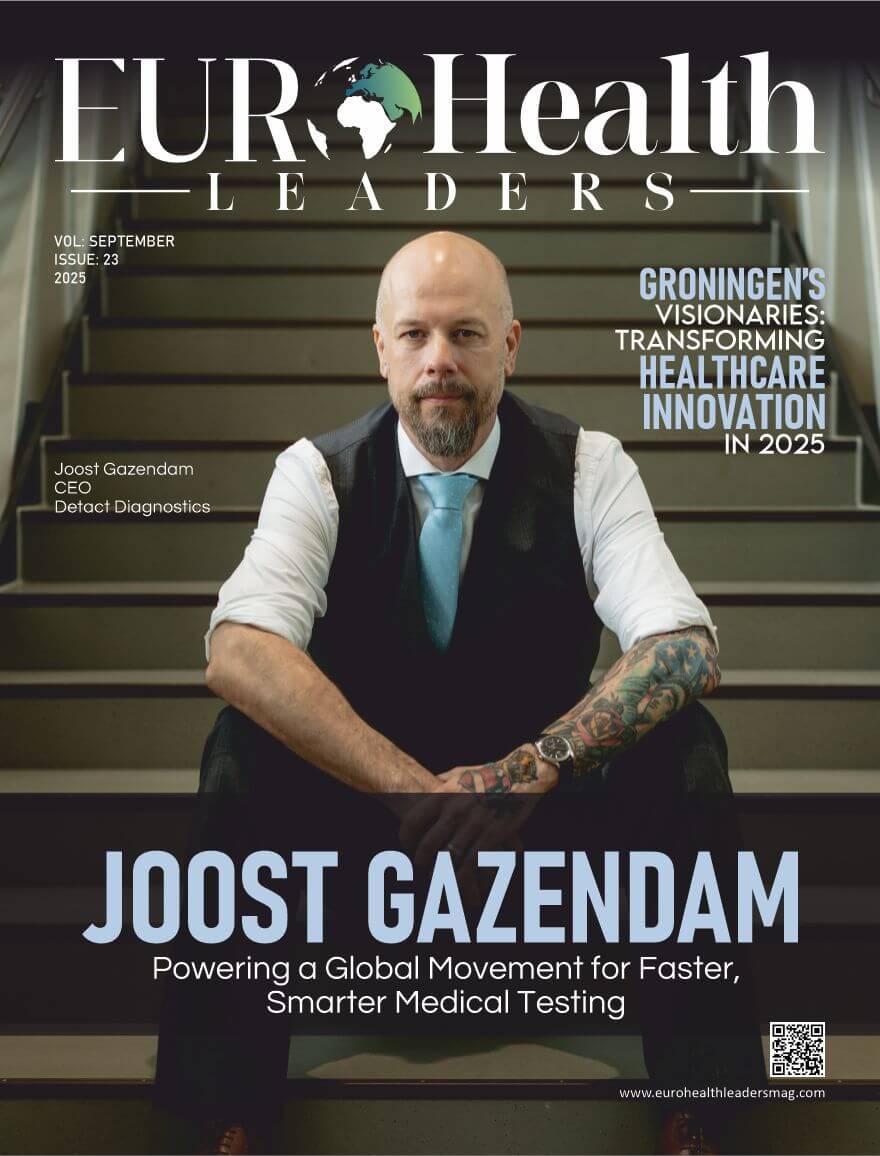Breakthroughs in Pharma
The pharma industry finds itself at the center of one of the most revolutionary phases in its history. For decades, pharmaceutical innovation had done little more than camouflage symptoms, block disease, or attempt to bring normalcy to out-of-equilibrium biological processes. Today, though, a fundamentally new chapter is being composed—one that attacks the root cause of genetic disease and not merely its symptoms. This technique is referred to as gene therapy, and it’s changing what medicine can do and rewriting drug research.
What is Gene Therapy
Essentially, gene therapy is the repair of faulty or missing genetic material in a patient’s cells. Instead of using chemical drugs or biological agents, gene therapy uses specially engineered vectors—generally viruses that have been rendered harmless—used to transfer good genes to cells. In this manner, it can potentially repair faulty genes, stop disease development, or even cure for good.
This idea, previously the domain of science fiction, has now spilled off the lab bench and into the clinic. Over the decade, several gene therapies have been approved to treat disease for which no other therapy is available, offering promise to patients and families in the form of improved lives.
Landmark Successes in Gene Therapy
The height of the promise of gene therapy is to apply it to alleviate spinal muscular atrophy (SMA), a uncommon and usually fatal inherited disease that progressively paralyzes muscles in infants.
Expectations are that traditional treatments can keep the disease at bay on a short-term basis. Gene therapy has also worked, however, in introducing healthy copies of the faulty SMN1 gene to regain motor function and, in the vast majority of the affected children, enable them to sit, walk, or even lead a normal life without extra ventilatory assistance. In inherited retinal disease, a breakthrough has been attained. Blind patients are now being treated for the first time with therapies that restore functional proteins in the retina and rescue or restore vision. These are not only indicators of the vision-changer potential of gene therapy but also indicators that genetic medicine is able to bring theory into practice and provide concrete outputs.
Redesigning the Pharmaceutical Landscape
The arrival of gene therapy has forced the pharma sector to rethink business models, R&D strategies, and far-off objectives. While conventional medications are taken for decades every day, gene therapies are primarily one-time stand-alone and yield long-term curative benefits. Such technological advancement hijacks traditional revenue streams but also provides space for price innovation, collaborations, and patient arrangements for access.
Gene therapy flung open the doors to research into new disease targets for drug companies. Aides previously deemed incurable due to the fact that they result from a genetic defect—Duchenne muscular dystrophy, hemophilia, and some of the orphaned metabolic diseases—are now driving clinical trials. This has expanded the limits of medicine, offering hope to patients with no hope.
Overcoming Challenges
In addition to the potential, gene therapy has significant obstacles to its use. It is technologically and costly challenging to produce because of the high-technology equipment used and strict precautions when producing viral vectors in mass quantities. The cost of licensed therapies has also created issues related to access and affordability, especially in already strained health care systems.
Moreover, not all diseases brought about by genetics were curable using methods available today. They have more than a single faulty gene or have numerous diverse interactions in the genome and are thus more difficult to repair. Long-term safety is also a concern since scientists are still unaware of how gene therapies work within the body after decades.
These are not hurdles to be crossed but indicate a need for frequent interactions between regulators, scientists, and pharma captains to monitor developments reach as many as possible.
In the Forefront of the Future: Gene Therapy in Pharma
Gene therapy is more widely applicable than orphan disease. Scientists already are considering how to apply it to more common diseases such as diabetes, heart disease, and certain types of cancer. Imagine a day when, instead of daily injections of insulin for life, Type 1 diabetics are given a gene repair that restores normal insulin production. Or cancer therapies that employ specially programmed immune cells designed to strike tumors more selectively.
Beyond the therapy itself, the technology of gene therapy is also propelling innovation in the surrounding space. New-generation platforms for CRISPR-mediated editing, for instance, are being developed to allow very accurate genetic modification, which would render treatments more adaptable and safe. Such technologies are not merely enhancing the richness of the pharma toolbox but are also enabling medicine made to exact specification on an unprecedented level.
Conclusion
Gene therapy is well-known to the book of the pharmacopeia-a miracle. In attacking disease at its root genetic cause, it’s opened doors that were once closed and given hope to each patient on the planet. While cost, safety, and scalability remain concerns, the wave to gene therapy just keeps gaining momentum.
By the following decade, as technology itself becomes increasingly advanced and the science is refined, gene therapy could change from an experimental therapy for a few exceptionally rare diseases into a normal solution to some of the most recalcitrant health mysteries afflicting man. To the drug business, this is not so much a thrilling development—it is a revolution, one that corrects what is possible in the quest for healing.










